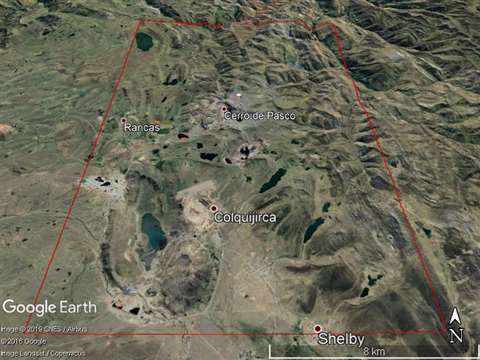UK Space Agency to monitor Peruvian dam construction
12 August 2019

HR Wallingford a UK-based engineering and environmental hydraulic firm is to work alongside the UK Space Agency to monitor the construction of a dam in Peru.
The aim of this collaboration is to prevent early dam failures anywhere in the world by implementing a system known as DAMSAT.
The DAMSAT software will be tested on a Peruvian project, which includes some tailings dams that are used to store toxic mine waste.
Over two years the DAMSAT software will also monitor movement at several water dams in the Cerro de Pasco region of Peru.
The system uses Earth Observation (EO) techniques – including the analysis of spectral responses and iron traces from satellite images as well as data from navigation systems – combined with real-time in-situ devices to give a clear picture of the state of play.
Recently dam failures have been seen at Whaley Bridge in the UK, at Tiware dam in India, which flooded seven villages and swept away 20 people, and the disastrous Brazilian dam collapse in which hundreds were killed and 11.7 million cubic metres of toxic mud was released.
Marta Roca Collell, project manager, said, “DAMSAT allows authorities to monitor dams remotely, particularly useful in isolated locations or where there are concerns about dam management.”
HR Wallingford leads the research consortium alongside international partners. The group is sponsored by the UK Space Agency’s International Partnership Programme (IPP), a five-year, £152 million (US$183.63 million) programme designed to partner UK space expertise with overseas governments and organisations to deliver sustainable, economic or societal benefits.




